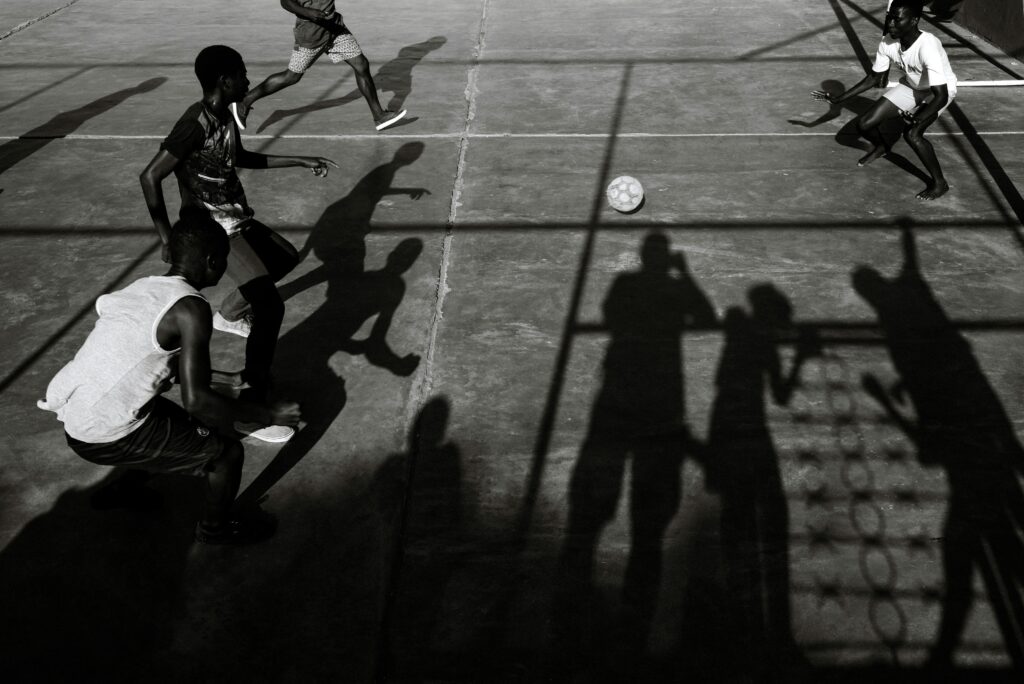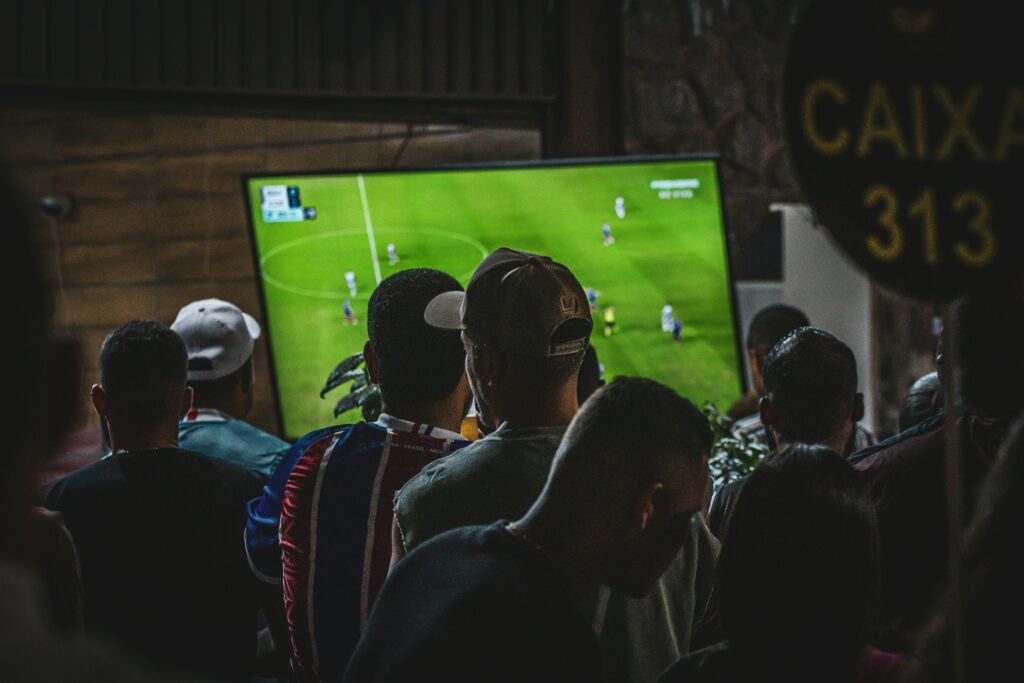Introduction
Rule changes in pro sports are never just rules. They’re pressure points—tweaks that ripple through the entire ecosystem. One small alteration to how a game is played can affect everything: strategy on the field, how coaches prep, how fans engage, and even which companies want to buy ad time during the broadcast.
In the last couple of years, we’ve seen a steady drip of updates across major leagues—some subtle, others seismic. Faster play clocks in baseball. Stricter foul definitions in basketball. VAR protocols refined to the pixel in soccer. These aren’t isolated moves. They’re decisions made against a backdrop of evolving viewer habits, growing safety concerns, and the race to stay relevant in a competitive entertainment market.
For players, this means adapting fast or falling behind. For fans, it’s adjusting expectations about how the game feels. And for business? Rules are becoming levers to shape how—and how often—people tune in. There’s no turning back. The game is changing because it has to.
Football (Soccer): VAR Tightens Its Grip
VAR isn’t going anywhere—but it’s evolving, and fast. In 2024, new protocols are putting more emphasis on “clear and obvious errors” while attempting to reduce total stoppage time. Semi-automated offside technology is speeding up decisions. Referees now get quicker feeds and better angles, often before fans even realize something’s being checked. It’s precision over perfection, and the goal is consistency.
The impact? The pace of matches is shifting subtly. Players are adjusting their behavior—less dramatic diving, fewer off-ball elbows. They know the cameras don’t miss much, and second chances for review are tightening the leash. Coaches are adapting too, telling their squads to play through contact instead of waiting for a whistle and a screen review.
But not everyone’s cheering. Critics argue VAR still disrupts flow and sucks the raw emotion out of the moment. Advocacy groups for traditional football say too many stoppages—even brief ones—are killing momentum. On the other hand, tech-forward supporters counter that accuracy, especially in tight title races or relegation scraps, is worth the pause.
Right now, it’s a split camp. Purists hate the tech creep. Younger fans, who grew up rewinding highlights in ultra-HD, tend to be more accepting. Either way, VAR is growing up—and the sport is learning to play with (and around) it.
Basketball: Tweaks to Pace and Fouls
The NBA has had it with sluggish transitions and intentional fouling that kills momentum. Enter the league’s latest efforts to clean things up—specifically, changes targeting the dreaded “take foul.” Now, if a defender stops a fast break with a non-basketball move, it’s an automatic free throw and ball possession for the offensive team. Just like that, the game speeds up.
This tweak has put coaches on the clock. Defensive strategies have had to shift quickly. Teams leaning on tactical fouls to reset themselves are being forced to rethink spacing, rotations, and transition positioning. You can’t just wrap a guy up to slow things down anymore—you actually have to defend or risk giving up easy points. It’s demanding more discipline and better planning from sideline staff.
So far this season, pace stats are up across the board. Teams are pushing the ball harder, knowing they have a cleaner lane to work with. Offenses are freer to execute in transition. For fans, this means more action, fewer whistles. For players, it’s a shift in rhythm—and not everyone’s catching on fast. But one thing’s clear: the game flows smoother without the drag of strategic fouling.
The league isn’t just changing rules for the sake of change—it’s molding the kind of basketball it wants to showcase: fast, open, and fan-friendly.
Baseball: Pitch Clocks and Shift Bans
Tradition Meets Transformation
Major League Baseball (MLB) made bold moves in 2023 and continuing into 2024 to modernize the sport while preserving its nostalgic core. The twin implementation of the pitch clock and defensive shift restrictions aims to inject more rhythm into games and boost offensive action—without alienating die-hard fans steeped in tradition.
The Pitch Clock Effect
The new pitch clock has had an immediate impact on both game flow and viewer experience:
- Reduced Game Lengths: On average, games are now running about 25–30 minutes shorter than previous seasons.
- Improved Tempo: Faster pacing has re-engaged audiences who value quicker, more consistent action.
- Pitcher Adjustment: Pitchers now face tighter routines, requiring sharper mental and physical preparation.
Rewriting Batting Strategy
Alongside the pitch clock, MLB also limited defensive shifts, leading to noteworthy changes in offensive strategy:
- More Balls in Play: Traditional pull hitters are seeing batting averages rise as infield shifts are curbed.
- Strategic Recalibration: Teams are adapting hitting approaches—emphasizing contact and placement over power alone.
- Dynamic Infields: With pre-shift positioning restricted, defense now relies more on athleticism and versatility.
Balancing Innovation and Identity
While older fans initially resisted these changes, the early numbers show promise:
- Attendance and viewership have shown modest increases.
- Games feel faster, tighter, and more visually engaging.
MLB’s challenge now is to fine-tune these updates without eroding the essence of a sport built on patience, nuance, and timeless rivalries.
American Football: Health-First Rule Additions
In 2024, the NFL doubled down on safety—on paper, at least. New concussion protocols now mandate a broader definition of “impaired behavior” and automatic removal for evaluation, even on borderline hits. Add to that expanded authority for neutral medical observers, and what used to be a gray area is getting black-and-white real fast.
Then there’s roughing the passer. Defenders are still figuring out where the line is, and sometimes it feels like it’s moving mid-play. New language in the rulebook emphasizes intent and impact, inviting more subjective calls. It’s meant to protect quarterbacks, but critics say it’s tilting the game too far.
Is all this protecting players? Early signs point to fewer head injuries being reported—but with data still trickling in, it’s hard to separate real impact from tighter reporting standards. On the field, some defenders feel handcuffed; others are adjusting their technique. For offensive coordinators, the changes aren’t bad news.
Players are split. Veterans welcome the added protections, especially in a league where longevity is rare. Younger players see it as a curveball—one more thing to overthink mid-play. Long-term, these rules could extend careers. But they also risk sterilizing the sport if the pendulum swings too far.
Bottom line? The league is trying to evolve without losing its edge. Whether these changes make the game genuinely safer or just less recognizable is still up for debate.
Hockey & Contact Sports: Stricter Penalty Standards
The rules are tightening fast in hockey and other full-contact sports. Hits to the head and fighting—long considered part of the game’s DNA—are now under a microscope. Leagues are handing out harsher penalties, suspensions, and even fines for infractions that would’ve barely raised eyebrows a decade ago. This isn’t just about optics; it’s about liability.
Behind the scenes, mounting insurance costs and legal threats have put contact sports on notice. Concussion lawsuits, post-retirement health issues, and injury data have hit hard. League lawyers and risk officers are pushing safety as a business necessity, not just a moral stance. Safer games mean fewer payouts and a better chance to keep youth programs—and insurance companies—on board.
Still, fans are divided. Some welcome the cleaner, faster game. Others feel core identity is being stripped away. Old-school supporters miss the raw edge. Younger audiences tend to favor resilience and speed over brawls. The tension isn’t going away anytime soon, but the direction is clear: the future leans safer, even if nostalgia fights back.
The Business Side of Rules
Rule tweaks aren’t just about fairness or safety anymore—they’re big business moves. When leagues speed up play or tighten stoppage time, they’re not only chasing a better viewer experience, they’re also optimizing broadcast windows. Shorter games with fewer disruptions help networks stay on schedule, pack in more predictable ad breaks, and keep viewers from turning the channel. In the attention economy, pacing equals profit.
At the same time, fantasy sports and betting are reshaping how games are consumed. Every rule that affects player stats or game flow now echoes through betting lines and fantasy point projections. This has made the structure of the game as important to fans as the outcome. Leagues know it, and they’re tweaking rules to fuel this ecosystem—more offense, more tempo, more content to bet or brag about.
Globally, rule shifts are being used to widen market reach. Baseball’s pitch clock? That’s partly to hook younger fans with shorter attention spans, especially in markets where the sport hasn’t traditionally thrived. The NBA cracking down on flopping? It plays better on the international stage, where different sporting cultures value less drama and more fluid play.
Behind every bold new rule is a boardroom goal: grow the base, unlock new revenue, and make the product more digestible—even if it bugs the purists.
What This Means for the Future of Sports
Balancing Tradition with Evolution
Modern sports are at a crossroads. Leagues are under pressure to preserve the essence of their games while also adapting to shifting viewer demands, emerging technologies, and new safety standards.
- Purists want to protect historical rules and playing styles
- League officials aim to modernize games without alienating core fans
- Rule changes are sometimes seen as compromises—but often necessary ones
Finding that balance is critical. Successful adaptations rely on understanding which traditions define a sport, and which rules can evolve without diminishing the game’s core identity.
The Influence of Younger Audiences
New generations of sports fans are consuming content differently. They want faster action, less downtime, and more transparent officiating.
- Younger fans prefer mobile-friendly, highlight-driven content consumption
- Games with quicker pacing and smoother replay protocols retain viewer engagement
- There’s increased demand for player safety—not just performance
Sports need to evolve in ways that resonate with digital-native viewers while remaining authentic to long-time enthusiasts.
Technology’s Expanding Role
Technological innovation is rapidly transforming how sports are played, judged, and enjoyed. What once seemed futuristic is now standard practice in many professional leagues.
- Officiating Tools: Systems like VAR, AI-assisted calls, and digital reviews aim to reduce human error
- Training Advances: Wearables, motion capture, and data analytics help optimize performance and prevent injuries
- Entertainment Enhancements: Augmented reality, real-time graphics, and personalized streaming improve fan experience
As technology becomes inseparable from modern sports, leagues will continue investing in tools that enhance fairness, excitement, and accessibility without disrupting trust.
Together, these changes point to a future defined not by replacement, but by thoughtful evolution. The challenge for every league is to modernize in ways that matter—without losing what fans love most.
Final Take
In sports, rules aren’t just bureaucratic fine print—they shape how the game is played, watched, and even remembered. What looks like a small change on paper can upend seasons. Eliminating a foul, redefining a tackle, or tightening up video reviews doesn’t just tweak play—it rewrites strategy, training, and momentum. It changes careers.
That’s why adaptation isn’t optional. It’s a must. Athletes who adjust early keep their edge. Coaches who rethink systems stay relevant. Fans who embrace the shifts often enjoy the game more than those stuck in the past. The key is to treat change not as a loophole to work around, but a new framework to master.
Want to keep pace? See our Monthly Recap of Key Events in the World of Sports for the latest shifts driving this evolution.




